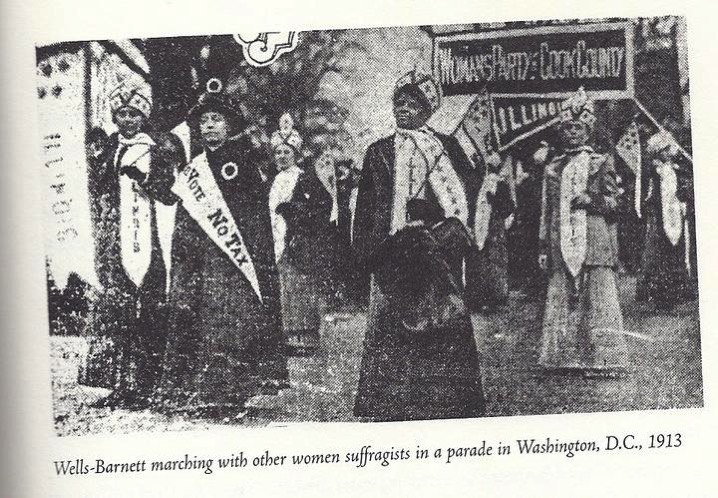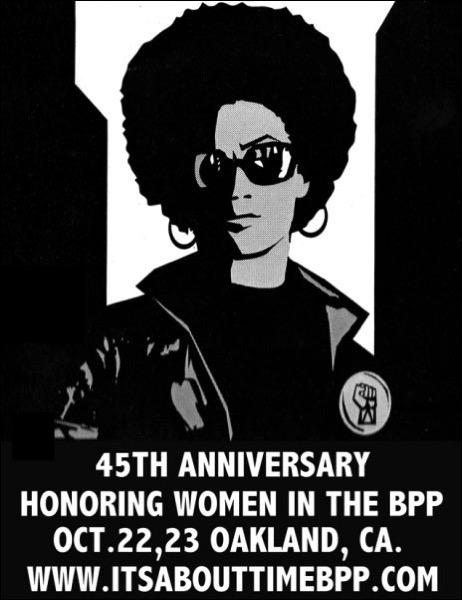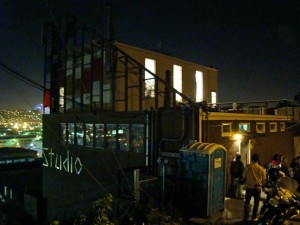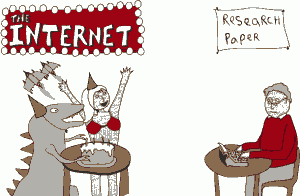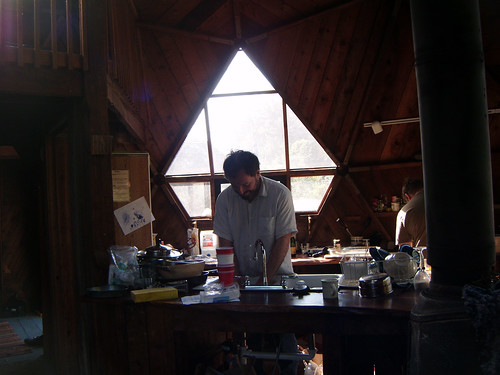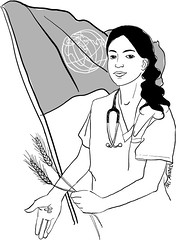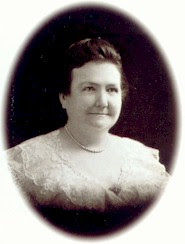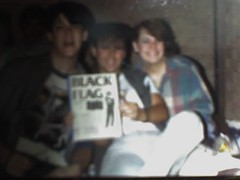Sideways review of "In Old Narragansett: Romances and Realities"
Read an interesting book about Narragansett. Through the ugly casual racism you can see some interesting stuff. I looked up a lot of details and learned a little about the history of Black Governors in New England and their elections. Written in 1898 with stories about people who lived 100 or so years before, another Alice Morse Earle book. And now for a random history walk through the interwebs!!!
I did find census records of some of the people mentioned including Cuddymonk, who is described as mixed Narragansett and Black (in the 1790 census as Cuddy Monk with 5 in his household; his wife Rosann is mentioned in the book but the census only lists heads of households). I looked him up since he had a distinctive name.
Anyway, the book has a bunch of stories from what is now Bonnet Shores (then Boston Neck) including a mention of the ridge where the Tower is built (The Tower is named after “Unfortunate Hannah” Robinson). (I know the area from (partly) growing up there, and the Tower was and is a really cool landmark.) In Earle’s story, Hannah is an abandoned, sickly, dying young girl returning home to reconcile with her stern, cruel father after eloping with a French dancing-master. In actual life, she had 9 children with him in Providence before she returned to her parents’ house, which kind of messes up the touching fable of her almost innocent girlhood!
Unfortunate Hannah Robinson’s dad was a rich slave-owning plantation owner in Boston Neck, who bought a woman he called Abigail. The local story as told by Earle (I can’t find any other source) is that she was a queen in Africa, and Robinson freed her so she could go back there and find her son and … bring him back to Rhode Island? OK, seems unlikely! Her son Prince Robinson became one of the Black Governors of the area. The Prince Robinson in the census in the 1800s who was a stonemason may be him or may be his son. I feel sure a bit of real research could tell. There was also a woman named Tuggie Bannock who was said to be Abigail’s daughter and who was a witch. I couldn’t find her in the census. Earle makes her sound ridiculous, which is very annoying.
As I was looking through the census I noticed the Champlins and Hazards were also slave owning plantation owners (You will recognize the names if you are from there). And also on the same page as Cuddymonk: a white governor of Rhode Island listed as Gov. Samuel Potter.
My interest is in adding dimension to the people mocked in racist fables and replacing the caricatures with something more respectful. For example the way that (what’s her name) re-wrote Sojourner Truth’s famous speech in southern plantation dialect when she did not talk that way in her life. Alice Morse Earle does the same thing to her “characters”. I think it is part of undoing white supremacy to make our histories and geography more ‘true’ and more known. Now what I mean by that could fill a book. Moving right along…..
It looked also, in my casual reading, like the Hazards and Robinsons intermarried a bunch and one of that family at least became an abolitionist and did some work to gain freedom for a guy from his town who was detained in the south assumed to be escaped slave and this led to around 100 people there getting out of “detention” ie either jail or slavery. His textile business, not unrelatedly, had to switch from cotton to wool consuming and producing since the Southerners wouldn’t deal with him anymore.
Basically over that 150 years or so, the rich white people intermarried and owned all the land, and the Narragansett and Niantic and Black people intermarried and didn’t. I notice it didn’t seem to occur to Rowland Hazard to give the land back to the still extant Narragansett people as a way of settling up.
Another Hazard that Earle refers to: Caroline Hazard who wrote essays, poetry, and biographies and who was the President of Wellesley College for 10 years. I might look for her books in the Internet Archive. Of course Earle casually mentions her as “Miss Hazard” and her incredibly famous writing. Perhaps they were friends.
It is sad that I am at least happy that Morse Earle includes people of color which leaves some clues and tiny bits of truth along with the garbage racist caricatures. Other books do much worse — for example a multi-volume set “The Early History of Narragansett” has hundreds of pages of detail of every (white) family in the area for a couple of hundred years and all their names including details from their wills but never mentions that they are slave owners leaving human beings to their children in their wills. The Black and Narragansett & Niantic people are just left out of the Early (White Supremacist) history completely. You have to work to do that kind of disappearing.
Another example: In the Narragansett Historical Society’s short description of the area’s overall history, there is no mention of the history of slavery, of black residents over the years, or of the ongoing history of the Narragansett tribe’s people.
Here is another interesting collection of info from 1700s and early 1800s on people of color in Rhode Island mentioned in letters and manuscripts: http://www.rihs.org/mssinv/PeopleofColorweb.htm
In case you were wondering about Bonnet Shores, it was mostly Wesquage Farm and Bonnet Point before the mid 19th century, thought to be called that because the shape of the Point looked a bit like the bonnet of a ship’s jib (a small sail at the bottom of the jib).
OK…. sometimes this is what I do with my evenings… to relax…..

